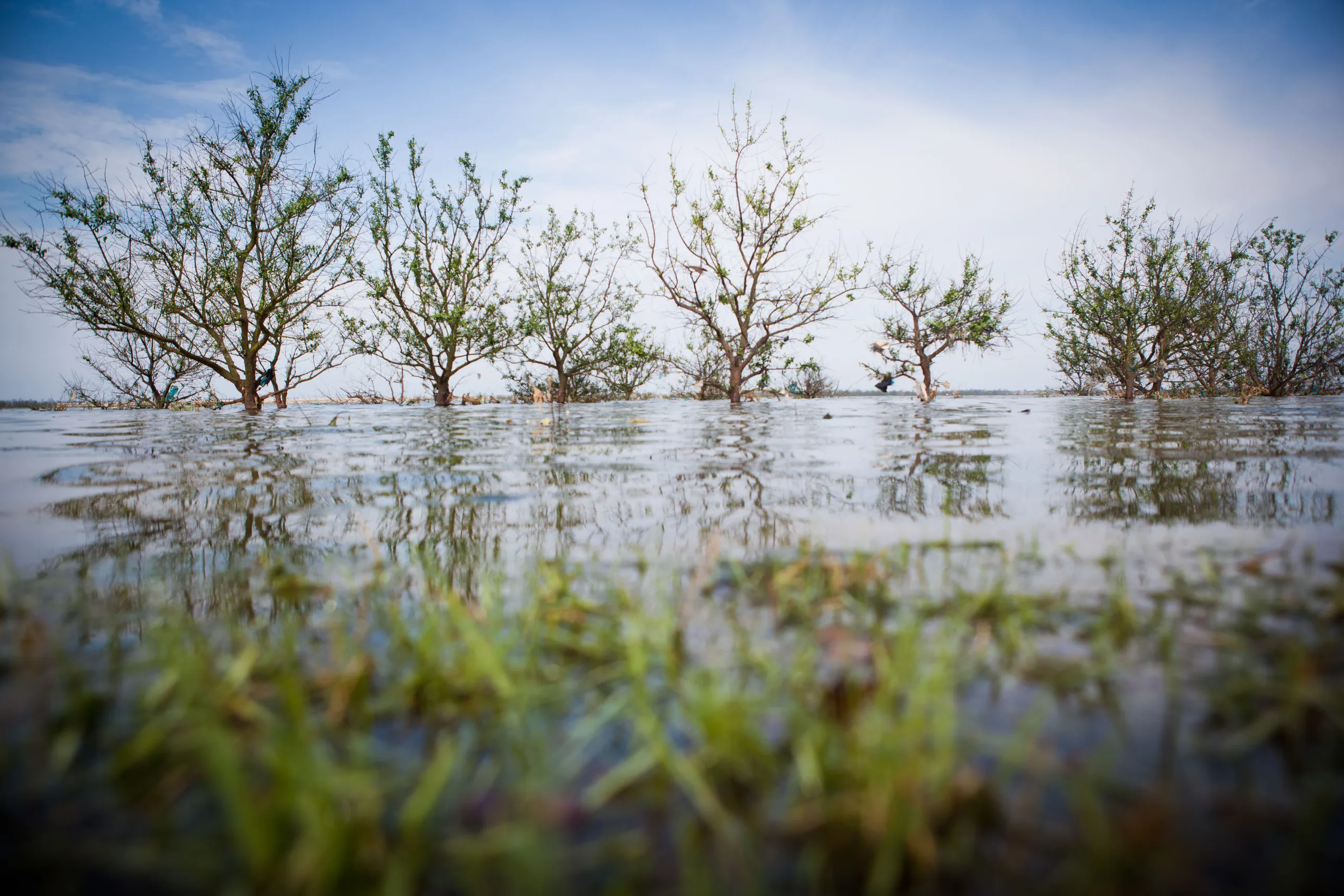Innovative Financing to Build Community Resilience to Climate Change in Coastal Vietnam
Vietnam,
concluded

With the frequency, severity and unpredictability of storms, floods, typhoons and droughts having increased in recent years, coastal areas of Vietnam are prone to adverse weather conditions. On average, the North Central coastal area has 3-5 severe storm
With the frequency, severity and unpredictability of storms, floods, typhoons and droughts having increased in recent years, coastal areas of Vietnam are prone to adverse weather conditions. On average, the North Central coastal area has 3-5 severe storm events each year. The frequency of these weather shocks has increased as a result of climate change, which causes catastrophic disruption to livelihoods for coastal communities and results in increased poverty and vulnerability. The 'Innovative financing for building community resilience to climate change in coastal Vietnam' project aimed to reduce poverty by increasing the adaptive capacity of local communities to the effects of climate change.
The specific goals of the project, funded through the International Climate Initiative (ICI) of the German Federal Ministry for the Environment, Nature Conservation and Nuclear Safety (BMUB) and implemented between 2011 and 2014, were:
To enhance the awareness and capacity of the local authorities to carry out land use planning and scenario mapping to plan for and assess the potential impact of climate change;
To establish an equitable benefit distribution system for income generated from Payments of Environmental Services (PES) from the protection of coastal mangrove forests;
To increase the resilience of local livelihoods against climate change, by using improved practices which are economically and environmentally sustainable;
To establish a weather risk insurance scheme to protect livelihoods of coastal communities from the risk of extreme weather events.
To achieve these goals the project implemented activities on both the institutional and the local level. On the institutional level 250 key personnel of the local authorities in the Nghe An Province were trained to undertake and facilitate climate change impacts and climate risk assessment. Furthermore, the project developed and piloted a weather risk insurance scheme and subsidy mechanism to protect coastal communities’ livelihoods from the risk of extreme weather events. The Agriculture Community Based Insurance (CBI) model – Yield Index insurance for rice framework associated with the subsidy mechanism was established and piloted in 5 project communes with the participation of more than 3,412 households over two seasons. Moreover, more than 2,500 of farmers’ households gained practical and meaningful benefits through the application of improved, climate-resilient agricultural practices, including drought mitigation, cultivation technique adjustment, climate-smart animal raising, and flood resistant variety application.
By achieving the established specific goals, the project successfully contributed to minimised catastrophic disruption to livelihoods and poverty reduction. The project improved the capacity of local communities, including local government, community actors and around 10,000 local people in 5 communes, mitigating climate risks and increasing adaptation to climate change. Furthermore, a healthy mangrove forest system not only helps buffer local communities from the threats of storm surges and rising sea levels but also provides a nursery for fisheries, as well as an attractive place to visit for tourists. The protection of this area will therefore, bring wider benefits to the local community.
The project has achieved the following results:
The Government (Ministry of Finance, and Department of Agriculture and Rural Development) and the insurance sector have developed an appropriate model of weather risk insurance for agriculture and/or aquaculture and in-need households (24.6 %) were able to access the pilot weather risk insurance which is covering 29.3% of cultivation land of 5 communes;
10,000 people have increased understanding of climate change issues and adaptation measures, including resilient livelihoods, and 2,500 households (7,500 people) have benefited from increased income from improved agricultural practices;
Five communes have developed and used participatory land use plans and climate change scenario maps.


